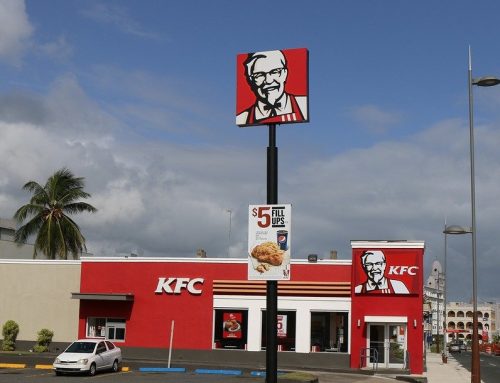Einsteigerguide: Was ist Multi-Resolution?
Klassischerweise wurde der Begriff der Mehrfachauflösung eng mit der Untersuchung von Wavelets verbunden. Wavelets sind nützlich, um mathematische Objekte wie Funktionen (oder Signale) mit unterschiedlichen Auflösungsstufen zu beschreiben.
So kann beispielsweise ein Bild in verschiedenen Auflösungsstufen beschrieben werden.
Das Verständnis und die Charakterisierung der Unterschiede zwischen Bildern (oder Funktionen) auf verschiedenen Auflösungsstufen ist das, worum es bei Wavelets geht.

Die klassischen Techniken funktionieren gut in einem regelmäßigen, etwas desinfizierten Umfeld. Sie sind weniger nützlich in den allgemeineren Umgebungen, in denen Ingenieure und Informatiker in praktischen Beispielen begegnen. Grafik-Leute haben vor einiger Zeit erkannt, dass Wavelets im Prinzip ein sehr mächtiger Verbündeter bei der Bewältigung vieler der rechnerischen Herausforderungen in der Grafik sind. Allerdings mussten die Wavelet-Konstruktionen viel flexibler sein als in der klassischen Literatur beschrieben. Die Forscher nutzten schnell die Verbindung zwischen Unterteilung und Wavelets. Insbesondere gibt es eine Reihe von beliebigen Topologie-Subdivision-Schemata für Oberflächen, die eine elegante Grundlage für den Aufbau von multiresolutionalen Darstellungen bilden.
Subdivision definiert glatte Oberflächen als die Grenze einer Folge von nacheinander verfeinerten Polyedern. Es wurde ursprünglich als Verallgemeinerung von polynomialen Patch-basierten Methoden auf die beliebige Topologieumgebung entwickelt und wurde seit etwa 15 Jahren in der mathematischen CAGD-Literatur untersucht. In den letzten Jahren haben diese Techniken aufgrund der vielen damit verbundenen Vorteile der Unterteilung mehr Interesse an der Computergrafikliteratur gefunden.
Die grundlegenden Algorithmen sind äußerst einfach. Ein gegebenes Dreieck (oder Viereck) wird durch das Einfügen neuer Mittelpunkte entlang der Kanten (und eines Mittelpunktes bei Vierecken) aufgeteilt. Die neuen Punkte werden als gewichtete Mittelwerte der benachbarten Punkte berechnet. Aufgrund dieser Einfachheit müssen nur sehr wenige Annahmen über den globalen Charakter der zu modellierenden Objekte getroffen werden. Beispielsweise müssen Datenstrukturen nur Operationen wie die Nachbarsuche in einem Diagramm unterstützen. Spezielle Einschränkungen, wie z.B. Randbedingungen, können einfach durch lokale Änderungen der Gewichte des Subdivision-Schemas berücksichtigt werden. Es sind keine globalen Zwangssysteme erforderlich, um die reibungslose Funktion zu gewährleisten. Die Domain der Subdivision ist ein abstrakter topologischer Komplex. Es ist keine Metrik erforderlich, keine globale (oder gar lokale) Parametrisierung und auch keine Einbettung vorausgesetzt. Nicht zuletzt können wichtige Funktionalitäten wie Grundlagen für die Tangentialräume zur Grenzfläche und Werte der Grenzfläche exakt berechnet werden.
Da der gesamte Prozess auf einer Meshverfeinerung basiert, schließt die Subdivision auf natürliche Weise die Lücke zwischen polygonalen Meshdarstellungen und übergeordneten Modellierungsparadigmen wie Patches. Subdivision bietet einen grundlegenden Rahmen für Techniken wie Level-of-Detail-Rendering, Kompression, progressive Übertragung, adaptives Meshing und viele andere Algorithmen, die auf Multiresolution basieren. Zusammen mit seinen tiefen und reichen Verbindungen zu Wavelets entsteht ein mächtiges Paradigma für präzise Darstellung und effiziente numerische Berechnung.
Falls Sie noch Anregungen oder Fragen zu dieser Thematik haben sollten, können Sie sich sehr gerne an unsere Fachexperten in unserem Forum wenden.
Vielen Dank für ihren Besuch.


